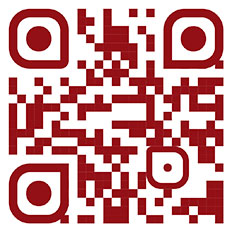Learning gamification techniques for graduate programs in arts education
DOI:
https://doi.org/10.58663/riied.vi7.86Keywords:
educational innovation, teaching strategy, higher educationAbstract
The goal of this research was to implement a cutting-edge methodological strategy that uses the game's teaching techniques as a teaching-learning process facilitator. It was conducted in a higher education facility in Chile that offers Graphic Design courses. In order to direct the work using a model that addresses two primary elements of learning: perception and processing, David Kolb's Inventory of Learning Styles (1984) was used to 46 students attending the Cultural Context of Design course through a practical experience. Second, a game that incorporates the four learning styles—accommodative, divergent, convergent, and assimilative—was developed. The research findings support previous findings that the adoption of gamified learning environments has enhanced academic performance and willingness to learn by having a favorable impact on student engagement and increased involvement in the teaching-learning process. The use of these strategies is anticipated to boost student engagement and motivation in a foundational course of their higher education study.


















